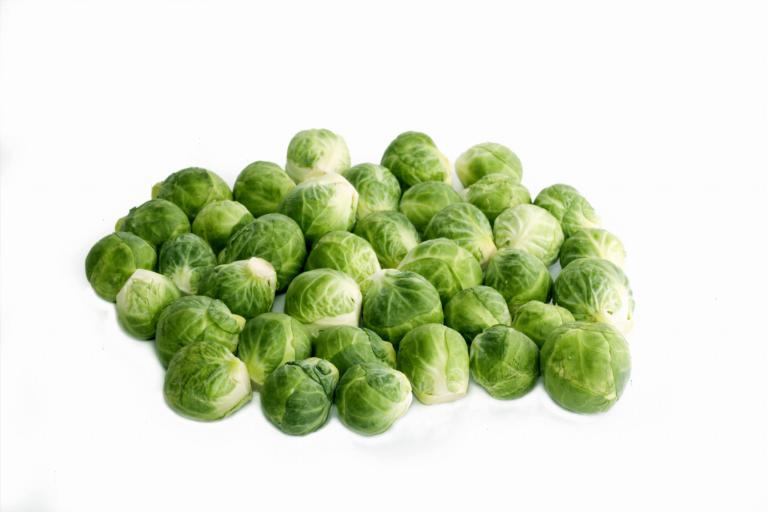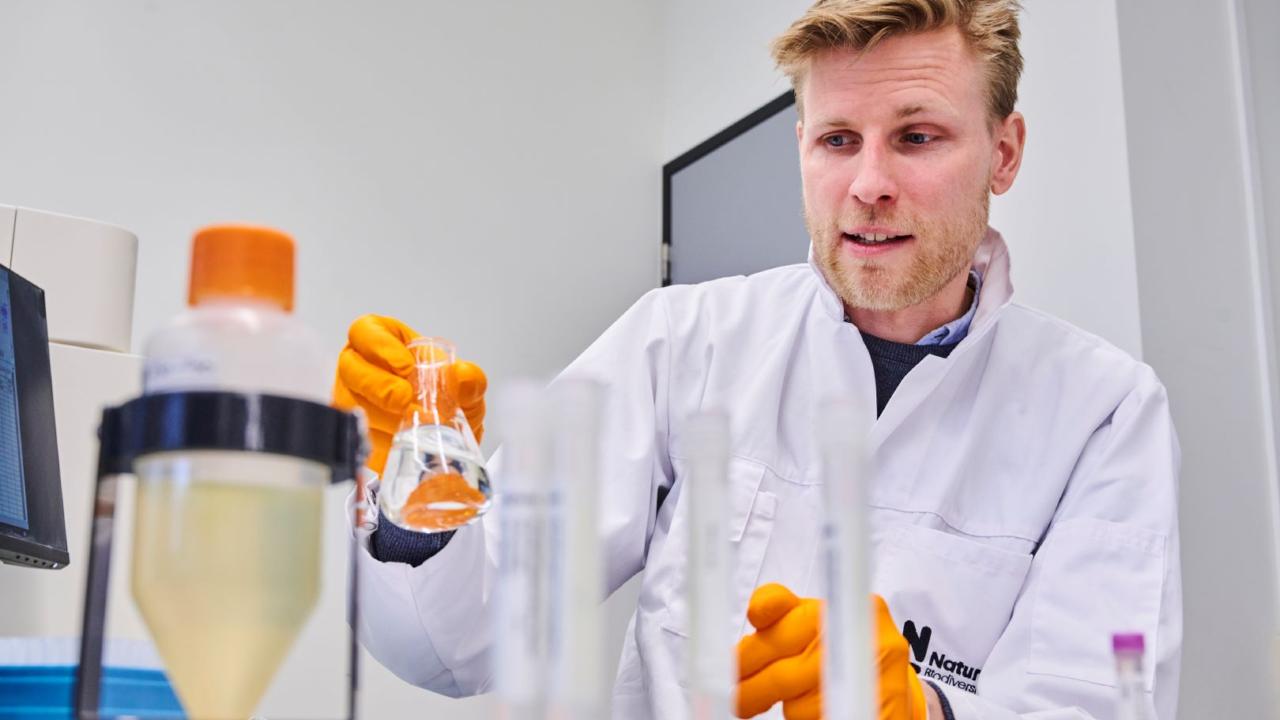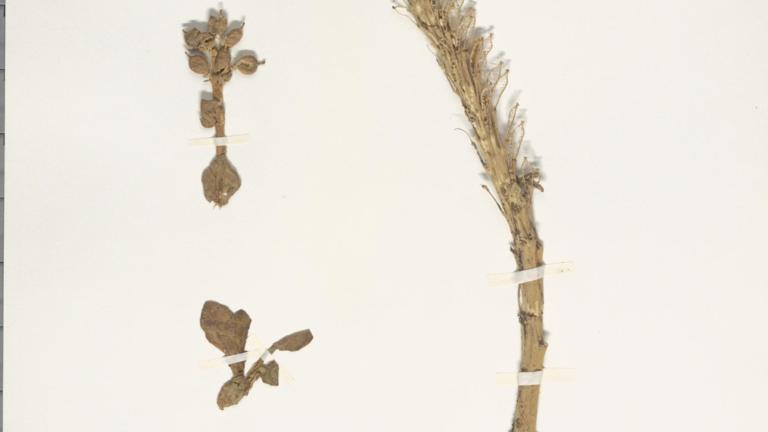
A team of international scientists has determined the first complete family tree of the cabbage family. It is now clear how many of the vegetables on your plate, the important research plant Arabidopsis, and their family members from all over the world are evolutionarily related. This is important for both researchers and plant breeders.
Familytrees
Every living thing originated from evolution and therefore fits in an evolutionary family tree. Humans and chimpanzees have a common great ape-like ancestor, who, again, have a common ancestor with spider monkeys and so on. An international team of researchers led by Naturalis scientist Kasper Hendriks, recently made such a family tree of the cabbage family. It was published in the scientific journal Current Biology on September 1st.
Important members
The family - scientific name: Brassicaceae - contains well-known and important members. The family includes edible species like sprouts, broccoli, arugula and mustard. Plants like mustard-grass and honesty that you can find in your garden. For plant biologists the small weed Arabidopsis thaliana is a model species that is as important as mice and fruit flies are for animal scientists. In nature about four thousand other species exist, who each have their own place in the ecosystem.
Almost every genusis in there
Of those four thousand species, four hundred are now included in the family tree of Hendriks and his colleagues. From every so-called genus (you, and several other extinct human species, belong to the genus Homo, because you are a Homo sapiens) at least one representative has been included. This has never been done before for the Brassicaceae – quite strange, considering the importance of this family.
Kerguelencabbage
The family tree is “complete” in the sense it includes the whole family, and not just part of it. “The most complete family tree until now included sixty species”, Hendriks explains. These family trees used to be made based on plant morphology. The new complete family tree is based on the analysis of more than a thousand genes, thanks to modern DNA techniques. The same techniques make it possible to include very old dried samples from museum collections. The personal favorite of Hendriks is a dried cabbage species from the collection tower at Naturalis. This one was collected mid-nineteenth century near the Kerguelen-islands at the South Pole by botanist John Dalton Hooker, a contemporary and good friend of Charles Darwin.


“Researchers from all over the world have sent us plants”, tells Hendriks, “Some people have been working on a group of these plants for over fifty years and can now finally see how that group fits in the bigger picture. For researchers using a cabbage family member such as Arabidopsis as a model species, it is now clear what the sister species are so that they can extrapolate their results."
Insight in wild species is also important for breeders because this allows them to come to new variants that are better protected against diseases and drought. The research group Hendriks is a part of is especially interested in drought as a driver of evolution and hopes to understand this better with the new family tree. Hendriks can work on this for the next few years, thanks to a Veni-grant that he recently acquired from the Dutch scientific funding organization, NWO. “I also want to make the whole family tree with all four thousand species in it. Then we will know exactly when and where they originated and what the role of drought was.”
Meer informatie
The paper is called Global Brassicaceae phylogeny based on filtering of 1,000-gene dataset (.PDF)
The responsible authors at Naturalis are Kasper Hendriks and Frederic Lens.

